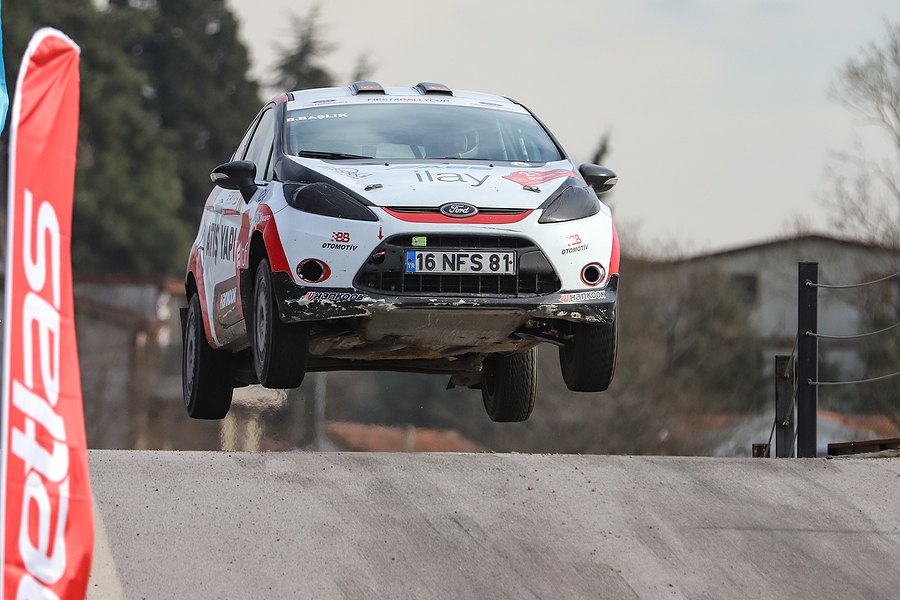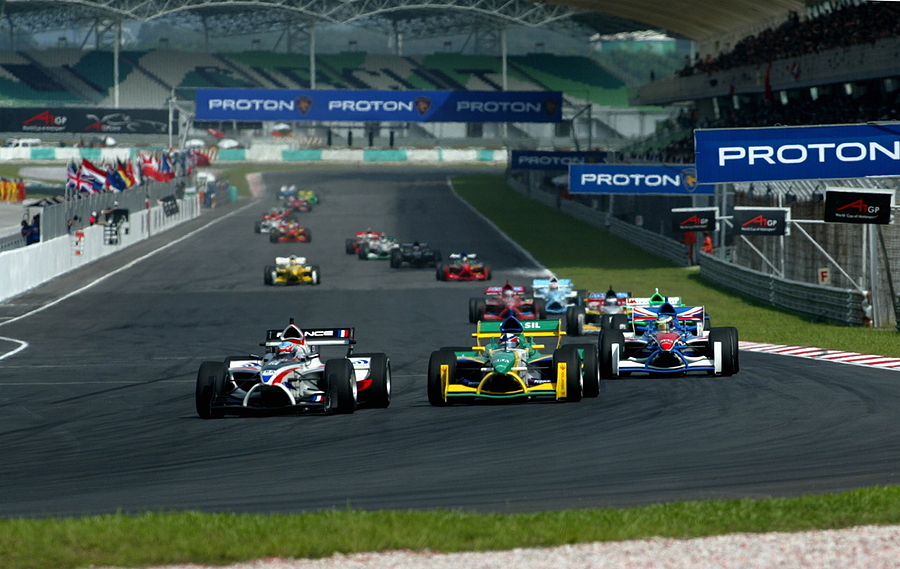
Motorsports Are Expensive!
One of the most challenging aspects of motorsports compared to traditional sports is their sheer cost. To give some perspective, an article from Red Bull in 2022 estimated the cost of a single Formula One car to be approximately Fifteen Million Euros. Yep, that’s a lot of cheddar! And we have yet to consider transporting the vehicle, a team of mechanics, tyres, fuel, etc. Of course, this is at the top tier of motorsports, where each piece of the car is custom-made. The components are toiled over by the best engineers. The expense is less drastic for other motorsports, but the principle is still the same.
So, what does this mean for drivers?
It can create some psychologically challenging dynamics often missing from other sports. For example, concerns about damaging the car, potential severe injury from crashing, not having a spot on a team or even your season coming to an early end. This can lead to mental pressures where drivers go slower than they want in a sport where they must do the opposite.
In this article, we will review some suggestions for how to get ahead of this and be as prepared as possible. As always with our Sport Specific Sport Psychology (SSSP) articles, don’t stop reading if you are not involved in motorsport. It is generally not that hard to work out ways in which these suggestions might also apply, at least in part, to your sport or performance area.
Stress Is Normal, Very Normal
If you are a regular reader of our articles, you should be familiar with Acceptance and Commitment Therapy (ACT). One of the underpinnings of ACT is the research around the function of our biology. Humans have a stress response to potential threats, and our physiological response prepares us for this. Examples include increased heart rate, dilated pupils, sweating, and higher alertness. All of this prepares and helps us to stay alive in the face of danger and might also give you an edge in competition.
The internal combustion engine was invented in 1872, so our biology has existed for much longer than motorsport. This means that even though we might be accustomed to being in a car or on a bike, there is a high likelihood that racers will still have a stress response. This is entirely normal. Stressors can be more extreme in motorsports as the vehicle is designed for speed more than comfort. Loud engine noises, chattering chassis, vibrations, tyre squealing, and a super results-focused industry combine to make motorsports a highly stressful pursuit.
Part of the challenge drivers face is the discomfort of this stress before a race. This is a normal human response, so we are looking to drop the struggle with our own experience and shift our focus towards what is essential to do in this moment. If you’d like to read more about this concept, often called Psychological Flexibility, then a great place to start is with these two articles. This one is by the founder of Condor Performance, Gareth, and/or this one from my colleague Madalyn Incognito.
Limited Seat Time
Another implication of the financial challenges drivers face is that they can not practice on a track as often as they would like. Part of sport psychology for motorsports is helping drivers become as prepared and skilled as possible for the demands of their tasks. Physical practice is the most common process for developing skills and confidence. In traditional sports such as soccer, taking a ball to the park to practice dribbling is easy. This is where we look to enhance practice on and off the track with a heavy dose of creativity.

In this instance, try to see the concept of practice as a combination of quality and quantity. One of these is more important than the other. There is not a lot of benefit to increasing the quantity of practice if the quality is poor.
Lots of track time is limited in motorsport, so evaluating the quality of the time you get is essential. The rule of thumb is to be as specific and intentional as possible. Try to predetermine what the highest quality practice might look like for you. Here are some examples. A concerted effort towards hitting break markers, the timing of getting on the throttle after the corner and progressive throttle shaping. Feel free to share your ideas below in the comments👇.
Simulator (‘Sim’) Practice
Add it to the list of expenses 😬, but getting access to a simulator is one of the best ways to increase practice and does not come with as many ongoing costs such as petrol, tyres and travel. Depending on your simulation software and rig, you can get access to many cars and multiple tracks, which would be incredibly difficult to do physically on a regular basis.
The principles above still apply. Ideally, plan and organise your sim practice to ensure high quality. The sim’s convenience can lead to many factors that decrease practice quality. Simply booting it up and trying to put up fast lap times is not intentional or specific.
Going further into enhancing your practice, you may also want to consider doing a full race rehearsal, in other words, treating a part of your day like you would the actual race. Go through your pre-race routine the way you usually would. Warm up the same way, do qualifying laps and then the race. Rehearsal is a great way to familiarise ourselves with the entire event process and is often overlooked.
Time in the sim is not identical to the real thing. There are limitations to what you can practice. For example, we can feel the G-Force with other senses when physically driving. If you want to practice handling the car when it breaks traction, the simulator might not be the best tool for that particular practice.
Visualisation
There is a form of practice that is entirely free and beneficial for all motorsports competitors. Visualisation or mental imagery is recreating the performance or experience as closely as possible in our mind.
Visualisation is an incredibly accessible and scientifically valid form of practice. It can be easily added to a practice schedule, and even better, it can be helpful as backup practice if an uncontrollable circumstance interrupts your initial plans.
At a high level, the idea is to mentally drive a lap as you would in practice or a race. The focus is on your driving from your perspective, such as the steering, brake, and throttle inputs. One way to enhance the quality of your visualisation practice is to try to include some tactile or audio elements. You could try putting on your helmet or gloves while you do this and sit in a spare/backup seat if you have one. Lastly, try to time your visualised lap. With practice, experienced drivers can visualise their lap within a second or three of their actual lap times!
Conclusion
Motorsports competitors have some challenging mental aspects of their performance, so sport psychology for motorsports can offer some very beneficial enhancements. If this article piqued your interest and you’d like to learn more about our range of Sport Psychology Services, please fill out the contact form here, and one of us (it might even be me 😁) will be in touch.

Excellent article, Darren. Some very useful pointers on the specific issues affecting motor sports competitors here. Anything that we can do to train the mind to go to the edge and be ‘comfortable with the uncomfortable’ is going to help bigtime.
Thanks Jonathan, I really appreciate your comment and you have hit the nail on the head. Going to the edge is a vital part of the pursuit of performance. It is not an inherently comfortable place but we can train our mind to be there and handle it.